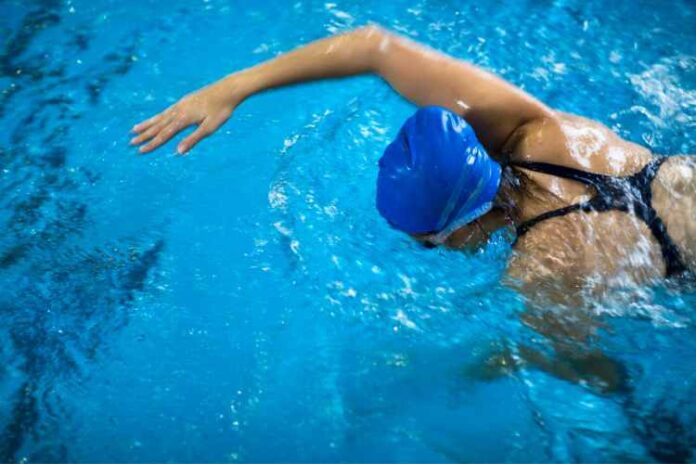The finest time of year for people to enjoy outdoor activities and enjoy nature’s beauty is during the summer. Summer vacations are undoubtedly more entertaining if you go with friends or family. Also, choosing the appropriate tropical location will make your trip worthwhile. Regular swimmers understand the significance of the garment’s construction materials while shopping for swimwear. Because of this, the best swimwear brands spend a lot of time and money exploring and testing novel materials that may enhance your performance, comfort, and suit’s lifetime. Below you will discover a complete reference to the many technical materials used by manufacturers of curvy swimwear and why they are employed for those who have seldom thought about why this is so vital to swimwear design.
Standard Textiles
Since it is quick to dry, doesn’t retain odour, and is lightweight and durable, nylon is the fabric of choice for most swimwear. Nylon doesn’t take dye very well; therefore, it’s often blended with other textiles or treated as UV and chlorine-resistant to retain its colour. Cotton is typically seen in low-quality or trendy swimwear since it is inexpensive but does not give a perfect fit, sags over time, and retains water.
Polyester is often blended with other textiles because of its durability and resistance to bleaching and chlorine. Manufacturers also use PBT (Polybutylene Terephthalate) because of the material’s inherent elasticity and resistance to chlorine. Polyurethane, when used in a swimsuit, applies just the proper amount of pressure to the skin, which reduces drag and speeds up your speed.
Inherent Immunity To Chlorine
People often add chlorine to swimming pools to prevent the growth of germs that may be harmful to humans; hence most reputable swimwear manufacturers employ chlorine-resistant fabrics when making swimwear for use in a pool. Chlorine has a strong odour and may cause skin irritation and itching, the first drawbacks that most people encounter. It may also speed up the degradation of your swimwear, which is incredibly frustrating since many individuals need to connect the dots and wonder why their suit looks so old and worn after so little usage.
It is obvious if you choose a swimsuit that is more of a fashion item to be shown off than a workhorse designed for training or if you buy a cheap and cheerful one from your local supermarket. Dedicated swim businesses work hard to make swimwear that can withstand the damaging effects of chlorine to ensure their consumers get the most usage out of their purchases.
Substances That Lessen Friction
In water sports like swimming and triathlon, the right swimwear may make all the difference in how well you do. An excessive drag will dramatically reduce your speed, and the heavier the material, the more drag it will cause. The skins of aquatic creatures inspire the low-drag fabrics used in high-tech curvy swimwear from well-known companies. Because the water won’t be able to soak into the fabric and slow you down, this is an excellent feature for sports that include an out-of-the-water leg.
Conclusion
Think about how much friction the material will cause when it comes in contact with your skin. Swimming demands a lot of repetition, especially whether you’re preparing for a competition or just swimming for fun. Marks or sores left on the skin from too much friction are unpleasant and may hinder performance. For this reason, you should shop for swimsuits constructed from low-friction fabrics.
